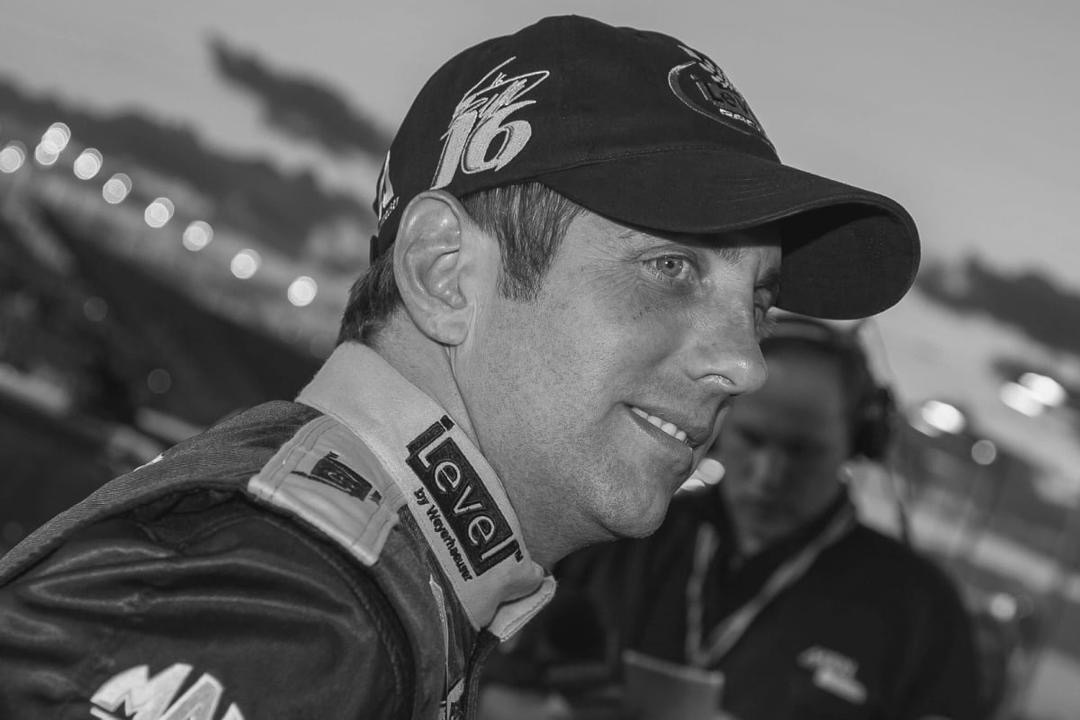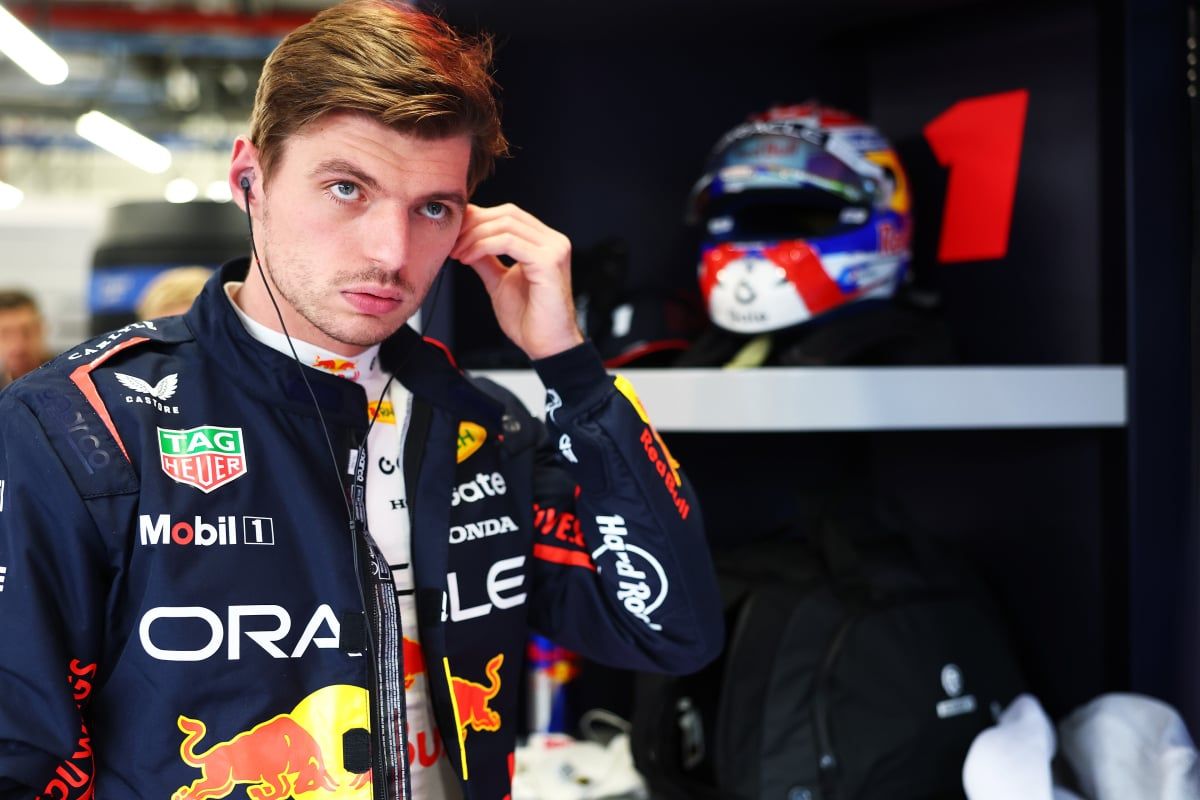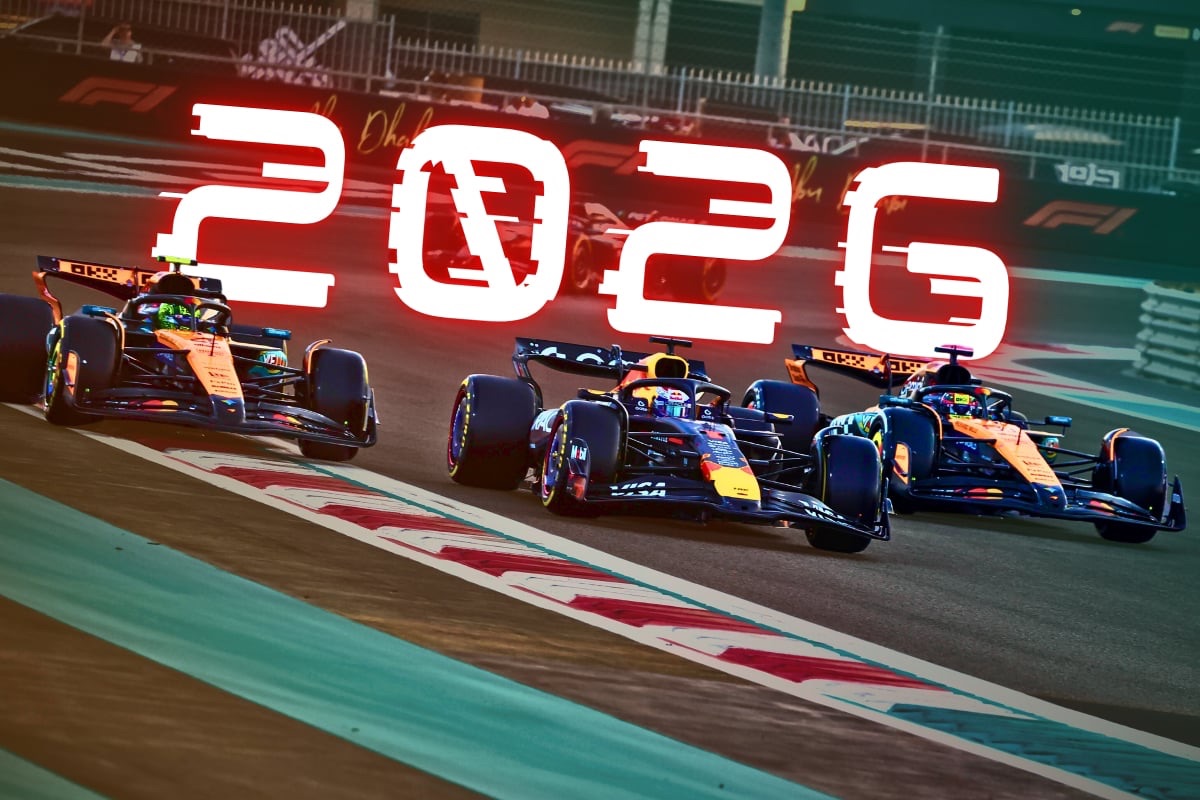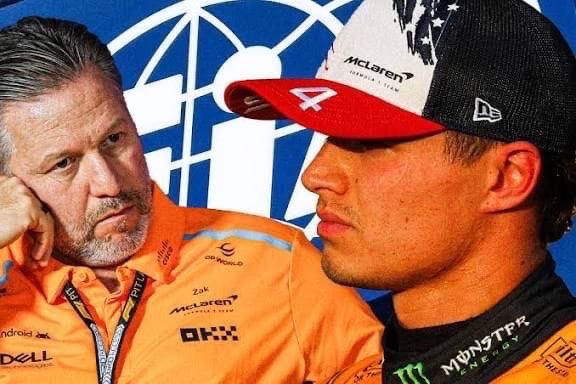Charles Leclerc Disqualified from Monaco Grand Prix After Fuel Flow Violation
Just days before the 2025 Canadian Grand Prix, Formula 1 was rocked by a significant controversy as Ferrari’s Charles Leclerc was officially disqualified from the results of the Monaco Grand Prix. The decision came following a comprehensive investigation by the Fédération Internationale de l’Automobile (FIA), which revealed that Leclerc’s car had breached technical regulations concerning fuel flow limits.
This ruling is especially crushing for Leclerc, who had been racing in front of his home crowd in Monte Carlo and had achieved what appeared to be a solid fourth-place finish. For Ferrari, the penalty is another blow in an already competitive season, as the team continues to battle Red Bull and Mercedes in the Constructors’ Championship.
The FIA’s investigation uncovered that Leclerc’s SF-23 car exceeded the legal fuel flow rate during the Monaco race. Formula 1 imposes strict controls on the amount of fuel that can be delivered to the engine at any point during a race. This regulation ensures that no team gains an unfair performance advantage through excessive fuel delivery, which can result in more power output. These parameters are closely monitored throughout each race via advanced telemetry systems.
A post-race inspection conducted by FIA technical delegates discovered that the Ferrari had surpassed the maximum fuel flow rate as outlined in the sport’s technical rulebook. Further scrutiny indicated that the irregularities were linked to the car’s fuel delivery components. Although it remains unclear whether the breach was due to a deliberate engineering decision, mechanical failure, or a software miscalculation, the end result was a clear violation of the rules.
In an official statement issued by the FIA on Thursday, the organization confirmed its findings: “Following a detailed post-race technical inspection, it was determined that car number 16 exceeded the maximum permitted fuel flow rate, in breach of Article 5.1.4 of the Technical Regulations. As a result, Charles Leclerc is hereby disqualified from the final classification of the 2025 Monaco Grand Prix.”
The FIA emphasized that technical regulations are a cornerstone of fairness in the sport and are non-negotiable. “Ensuring strict compliance with the rules is essential to maintaining the integrity of the competition,” the statement continued. “Teams are responsible for guaranteeing their cars remain within the regulatory boundaries throughout the entire event.”
Ferrari responded swiftly but without protest. The team released a short statement acknowledging the FIA’s decision and indicated it would not file an appeal. Instead, Ferrari stated it would conduct an internal review to determine how the violation occurred and what steps need to be taken to prevent similar issues in the future. “We respect the FIA’s findings and will work diligently to ensure our systems are fully compliant moving forward,” said a Ferrari spokesperson.
The disqualification has immediate implications for both the Drivers’ and Constructors’ Championships. Leclerc loses the points he would have earned from finishing fourth in Monaco, which could prove costly in the context of a tight title race. Meanwhile, Ferrari’s overall standing in the team rankings suffers a setback at a time when every point is crucial.
For Leclerc personally, the ruling is particularly disheartening. The Monaco Grand Prix holds deep significance for the Monegasque driver—not only because it is his home race, but also due to a history of bad luck at the circuit. Previous attempts to win or finish strongly in Monaco had often ended in disappointment, and his fourth-place result this year had seemed like a step forward. That breakthrough has now been nullified by this technical infraction.
This incident reinforces the high-stakes nature of Formula 1’s technical scrutiny. As teams push the boundaries of innovation to gain even the slightest edge, the FIA remains vigilant in enforcing the rulebook. The sport’s governing body has made it clear that any breach—intentional or accidental—will result in consequences, regardless of the driver’s performance on the track.
As the F1 paddock shifts its attention to Montreal for the upcoming Canadian Grand Prix, the disqualification sends a strong message across the grid: compliance is as critical as performance. The balance between engineering brilliance and regulatory adherence continues to define the modern era of Formula 1, where victory depends not only on speed but also on precision and legality.



